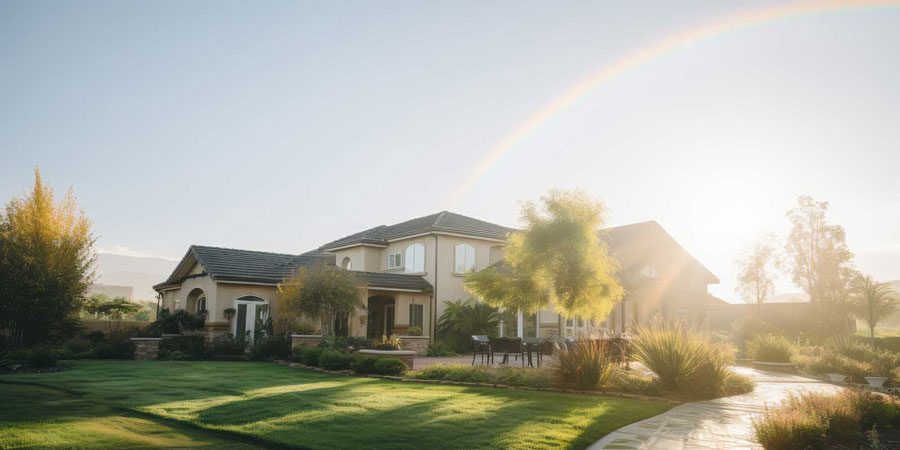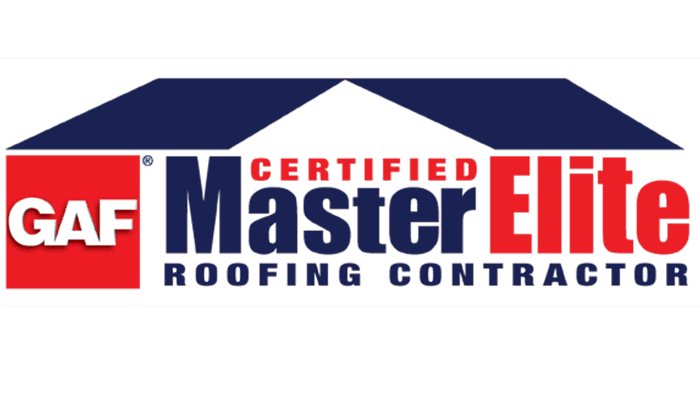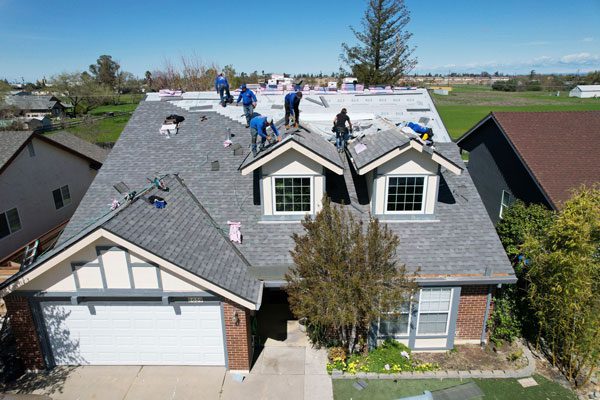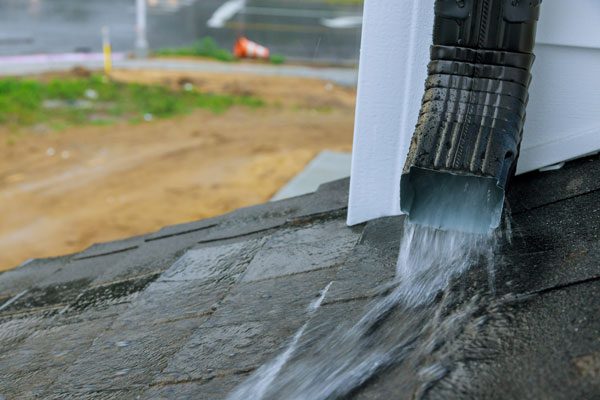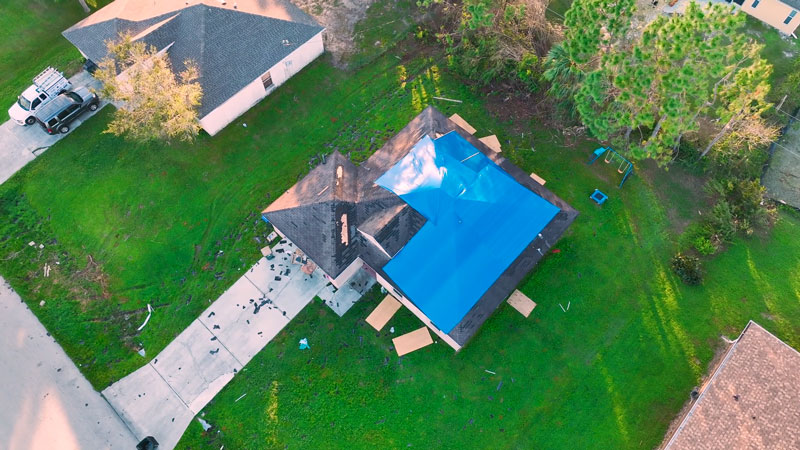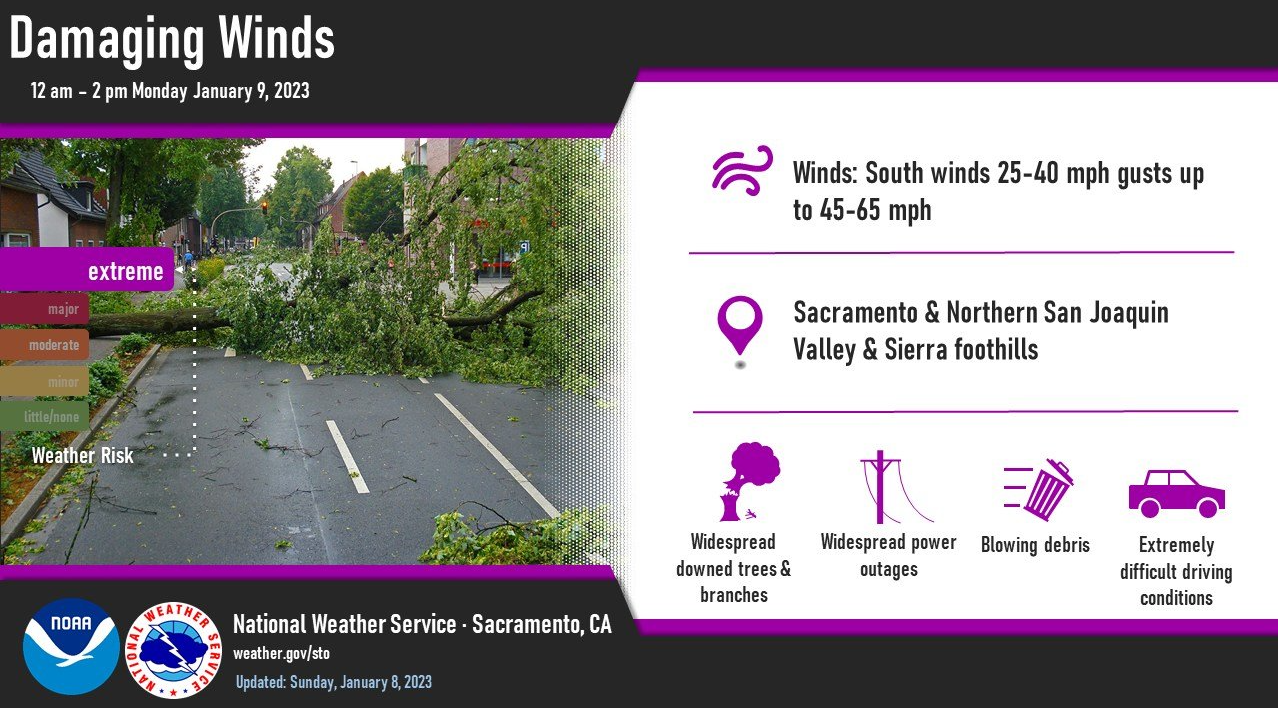Affordable Roofing Company in Van Nuys
Prepare Your Van Nuys Home for Winter Storms with American Cool Construction
As the winter season approaches, Van Nuys homeowners must prioritize their home’s protection against unpredictable winter storms. At American Cool Construction, we understand the importance of safeguarding your home, belongings, and family from potential roof failures during harsh weather conditions. With our expertise and customer-focused approach, we’re here to help you navigate this crucial aspect of home maintenance.
Why Act Now?
Living in Van Nuys means being no stranger to the challenges that come with seasonal changes. A compromised roof can lead to significant financial hits and stress. According to industry experts, a failed roof can cost homeowners thousands in emergency repairs—not to mention the potential damage to interior spaces and personal belongings.
However, there is good news! By investing in a high-quality roofing solution now, you can save on costly repairs down the line while ensuring your home is ready for whatever Mother Nature throws its way.
Introducing Our Special Offer
At American Cool Construction, we’re committed to making top-tier roofing services accessible and affordable for all Van Nuys residents. For a limited time, take advantage of our exclusive offer: $1,500 off roof replacements! Plus, enjoy our low and flexible payment options tailored to fit your budget without compromising on quality or sustainability.
Our flexible financing solutions align with our eco-conscious clientele’s values by offering energy-efficient upgrades that not only protect but also enhance your home’s environmental footprint.

$1,500 Off-Roof Replacement
Free Quotes
Prepare Your Van Nuys Home for Winter Storms with American Cool Construction
As the winter season approaches, Van Nuys homeowners must prioritize their home’s protection against unpredictable winter storms. At American Cool Construction, we understand the importance of safeguarding your home, belongings, and family from potential roof failures during harsh weather conditions. With our expertise and customer-focused approach, we’re here to help you navigate this crucial aspect of home maintenance.
Why Act Now?
Living in Van Nuys means being no stranger to the challenges that come with seasonal changes. A compromised roof can lead to significant financial hits and stress. According to industry experts, a failed roof can cost homeowners thousands in emergency repairs—not to mention the potential damage to interior spaces and personal belongings.
However, there is good news! By investing in a high-quality roofing solution now, you can save on costly repairs down the line while ensuring your home is ready for whatever Mother Nature throws its way.
Introducing Our Special Offer
At American Cool Construction, we’re committed to making top-tier roofing services accessible and affordable for all Van Nuys residents. For a limited time, take advantage of our exclusive offer: $1,500 off roof replacements! Plus, enjoy our low and flexible payment options tailored to fit your budget without compromising on quality or sustainability.
Our flexible financing solutions align with our eco-conscious clientele’s values by offering energy-efficient upgrades that not only protect but also enhance your home’s environmental footprint.
The Importance of Choosing the Right Roofing Company
As a GAF Master Elite Roofing Contractor serving Sacramento and Los Angeles Counties—including Van Nuys—we pride ourselves on delivering excellence through superior craftsmanship and reliable materials. Choosing us means opting for durability backed by outstanding warranties.
Our status as a trusted local construction company ensures you receive honest service focused on your specific needs. With licenses and insurance secured for your peace of mind, American Cool Construction remains committed to achieving customer satisfaction above all else.
Eco-Friendly Solutions You Can Trust
In today’s world where sustainability matters more than ever before—our eco-friendly roofing solutions ensure an energy-efficient living space while boosting curb appeal simultaneously! From insulation enhancements aimed at reducing utility costs year-round—to siding choices designed for long-lasting durability—you’ll find everything needed under one roof (literally!) when partnering with us!
How We Stand Out:
- Trustworthy & Professional: We take pride in every project undertaken by providing transparency throughout each step.
- Innovative & Helpful: Constantly staying ahead through innovation ensures optimal results aligned closely with client aspirations.
- Friendly Service: Personal connections matter—our team strives toward building lasting relationships founded upon mutual trust.
- Flexible Financing Options: Designed specifically around client budgets without sacrificing exceptional quality standards set forth industry-wide!
So why wait? Secure peace-of-mind knowing that both current investments & future comfort levels remain safeguarded against unforeseen weather events thanks largely due efforts made possible via collaboration alongside seasoned professionals found exclusively within ranks here at American Cool Construction—a leading “roofing company van nuys” dedicated wholeheartedly towards betterment overall community wellbeing alike!.
For more information about “affordable roof replacements van nuys” or inquiries regarding “roofing in van nuys,” don’t hesitate reaching out today; let us show firsthand difference choosing right partner makes all difference when protecting what truly matters most: YOU!.
Affordable Roofing Company in Van Nuys
Serving these Los Angeles County Communities:
| Agoura Hills | Diamond Bar | La Verne | Rolling Hills Estates |
| Alhambra | Downey | Lawndale | Rosemead |
| Arcadia | Duarte | Lomita | San Dimas |
| Artesia | El Monte | Long Beach | San Fernando |
| Avalon | El Segundo | Los Angeles | San Gabriel |
| Azusa | Gardena | Lynwood | San Marino |
| Baldwin Park | Glendale | Malibu | Santa Clarita |
| Bell | Glendora | Manhattan Beach | Santa Fe Springs |
| Bellflower | Hawaiian Gardens | Maywood | Santa Monica |
| Bell Gardens | Hawthorne | Monrovia | Sierra Madre |
| Beverly Hills | Hermosa Beach | Montebello | Signal Hill |
| Bradbury | Hidden Hills | Monterey Park | South El Monte |
| Burbank | Huntington Park | Norwalk | South Gate |
| Calabasas | Industry | Palmdale | South Pasadena |
| Carson | Inglewood | Palos Verdes Estates | Temple City |
| Cerritos | Irwindale | Paramount | Torrance |
| Claremont | La Canada Flintridge | Pasadena | Vernon |
| Commerce | La Habra Heights | Pico Rivera | Walnut |
| Compton | Lakewood | Pomona | West Covina |
| Covina | La Mirada | Rancho Palos Verdes | West Hollywood |
| Cudahy | Lancaster | Redondo Beach | Westlake Village |
| Culver City | La Puente | Rolling Hills | Whittier |

